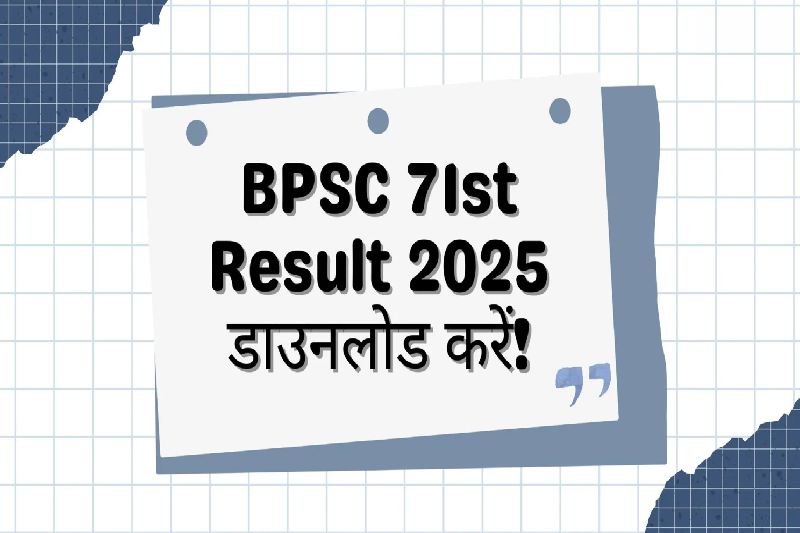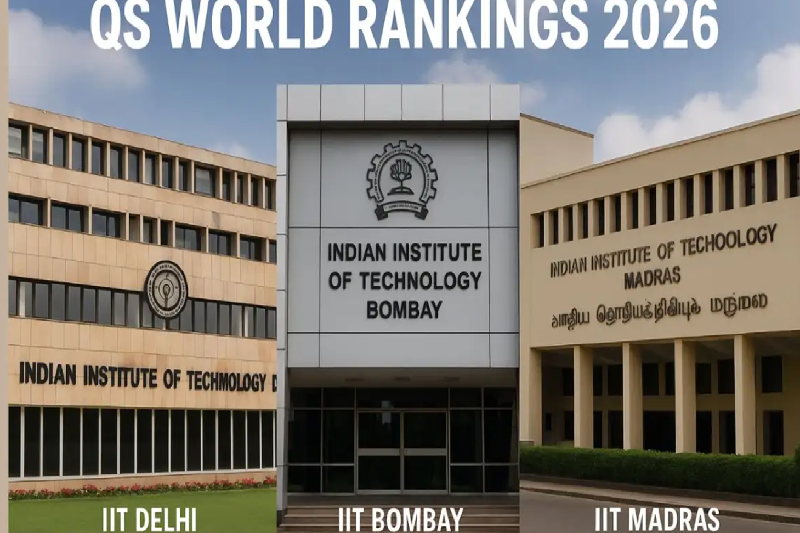
Maharashtra’s School Education Department Rolls Out Structured Timetable for Teachers and Students
The Maharashtra school education department has taken an unprecedented step by releasing a detailed monthly timetable of academic and administrative activities that all government schools must adhere to. For the first time, the department has sought to bring every aspect of student preparation and teacher duty under a single structured calendar, sparking appreciation and concern across the state’s education ecosystem.
A First-of-Its-Kind Initiative
The newly issued timetable covers academic, cultural, and administrative responsibilities, aiming to streamline school functioning. It includes slots for 10th and 12th standard board exam preparation, annual proficiency tests, scholarship exams, and other competitive assessments.
In addition to academics, schools are directed to observe significant commemorative days, including Keshav Sitaram Thackeray Jayanti, Pandit Deen Dayal Upadhyay Jayanti, National Resolution Day on former Prime Minister Indira Gandhi’s death anniversary, and National Unity Day on October 31, marking Sardar Vallabhbhai Patel’s birth anniversary.
By issuing this calendar, the department aims to bring uniformity and ensure that schools remain actively engaged in state and national programs throughout the year.
Expanded Role of Teachers
While students’ preparation is at the heart of the initiative, the timetable also significantly broadens the scope of teachers’ duties. Educators are now tasked with responsibilities beyond classroom teaching, such as:
- Registering unschooled individuals and training volunteers under the Navbharat Literacy Programme
- Identifying and bringing out-of-school children back into the system
- Promoting folk dance and singing competitions to preserve local culture
- Organizing cultural events and shows
- Participating in census surveys and voter awareness campaigns
This approach integrates teachers into a larger community-building framework, literacy promotion, and social awareness initiatives.
Concerns Over Teaching Time
Despite the intention of creating a structured academic environment, many educators have raised concerns about the sheer volume of responsibilities listed in the timetable. Of the 178 activities prescribed, nearly 30 are administrative in nature, involving:
- Registering students on government portals
- Filling out application forms
- Preparing and issuing admit cards and certificates for various exams.
- Coordinating student registrations for government campaigns such as Har Ghar Tiranga and Shiksha Pe Charcha
Teachers argue that such activities, though important, consume valuable instructional hours, leaving them with less time for direct classroom teaching.
Voices from the Ground
Mahendra Ganpule, former Vice President of the Maharashtra Principals Association, welcomed the structured approach but also highlighted a critical concern:
“Undoubtedly, the document provides good structure to academic and allied programs. However, with so many activities and initiatives planned, when will teachers find time to teach?”
Echoing this sentiment, a government school teacher from Uran in Raigad district emphasized the lack of coordination between government departments. He shared his experience of back-to-back government programs that disrupted regular teaching schedules:
“Once we did a week-long government program and planned extra classes to make up for instructional time lost. Then, immediately, another week-long program came. This makes it very difficult to balance classroom teaching with administrative expectations.”
Risks of Centralised Planning
The timetable shifts towards centralised decision-making, with weekly instructions dictating how schools should function. While the move seeks to standardize practices across the state, teachers argue that it undermines schools' autonomy to make context-specific decisions.
The Raigad teacher highlighted the pitfalls of top-down planning with a telling anecdote:
“Once there was an initiative for students to make paper lanterns with a flame to help them float up. The only problem was that the government decided to do it in July, and the lanterns came down in a watery mess.”
Such instances illustrate how ground realities often clash with centrally designed activities, raising questions about the practicality of some directives.
Balancing Academics with Extracurriculars
On one hand, the initiative seeks to foster holistic development, with equal emphasis on academics, cultural participation, literacy campaigns, and social awareness. By embedding cultural programs and national commemorations in the school calendar, the government aims to instill patriotism, civic responsibility, and student community engagement values.
On the other hand, the growing number of mandated activities risks diluting the focus on academics, particularly for students preparing for crucial board examinations. The challenge lies in striking the right balance between enriching students’ experiences and maintaining rigorous classroom instruction.
A Structured Future or Added Burden?
For the Maharashtra government, the new timetable represents a landmark effort to integrate academics with cultural and civic responsibilities, ensuring that schools are active participants in education and society.
However, the plan’s success will depend on how well it accommodates teachers’ workloads and schools’ operational constraints. Without adequate support and flexibility, the structured timetable may overwhelm educators rather than empower them.
Conclusion
The release of Maharashtra’s monthly timetable for government schools is a bold step towards systematic education planning. By combining academics, cultural programs, and administrative responsibilities, the initiative attempts to redefine the role of schools and teachers.
Yet, educators' growing concerns signal that implementation will be the real test. For meaningful progress, the government may need to allow schools greater autonomy to adapt these directives according to local needs.
If executed thoughtfully, the initiative could mark the beginning of a more organized and holistic schooling system. If not, it risks becoming yet another administrative burden that shifts focus away from the core mission of education—teaching and learning.



